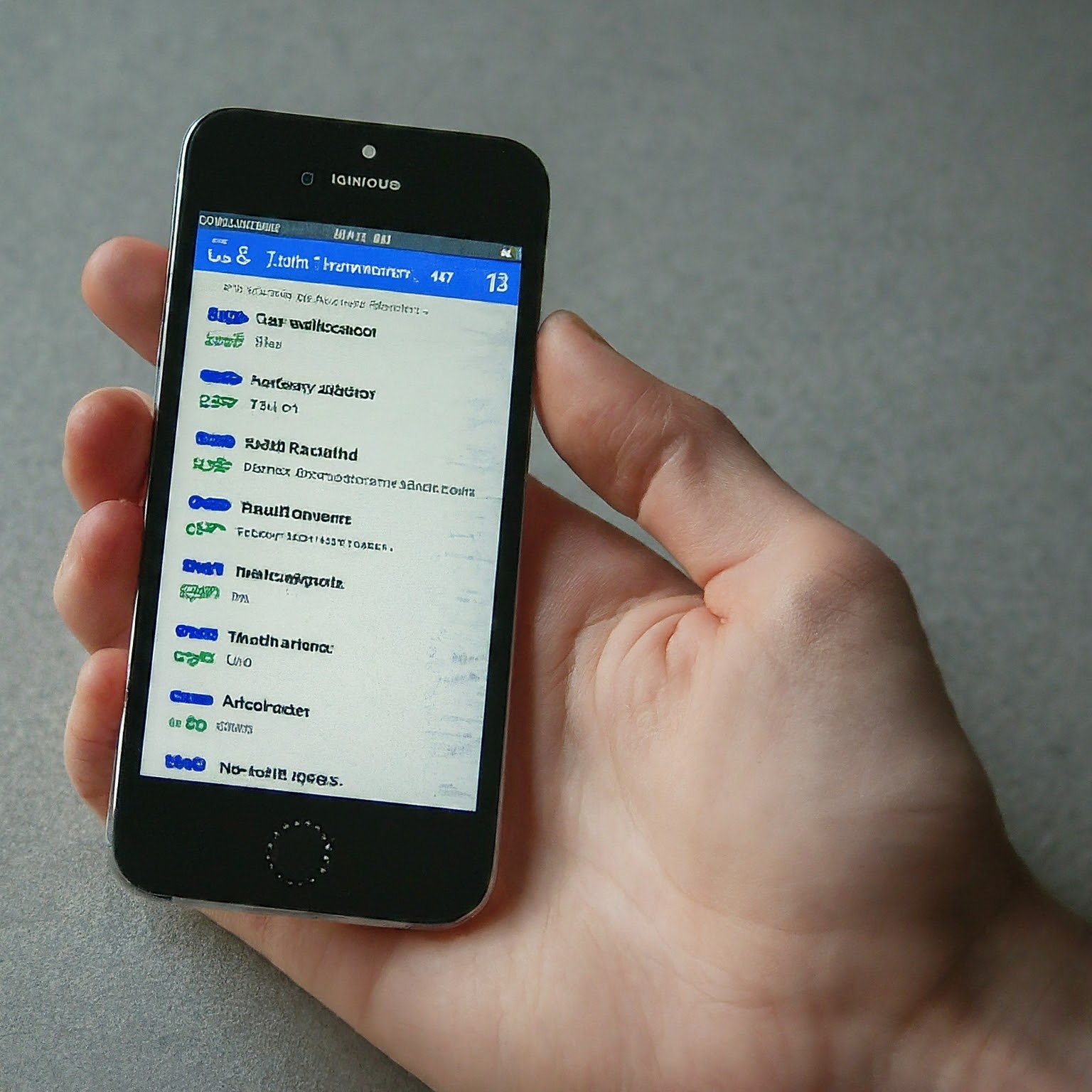In today’s fast-paced digital landscape, communication has evolved beyond traditional channels. Email, once the primary mode of electronic correspondence, is now complemented by the immediacy and convenience of text messaging. The convergence of these two communication platforms has given rise to a powerful tool: email to text. This innovative technology enables businesses and individuals to seamlessly convert emails into text messages, ensuring timely delivery and increased engagement.
Central to the successful implementation of email to text is a comprehensive email to text carrier list. This list outlines the specific formats and gateways required to send text messages to different mobile carriers. Understanding and utilizing this information is crucial for optimizing text message delivery and maximizing the impact of email-to-text campaigns.

How Email to Text Works
Before delving into the intricacies of email to text carrier lists, it’s essential to grasp the fundamental mechanics of how email to text functions. The process typically involves the following steps:
Email Composition: An email is created and addressed to a specific phone number in a designated format.
Gateway Conversion: The email is routed through a specialized gateway that translates the email content into a text message format.
Carrier Delivery: The converted text message is forwarded to the recipient’s mobile carrier network for delivery.
The Importance of Email to Text Carrier Lists
An accurate and up-to-date email to text carrier list is indispensable for ensuring reliable message delivery. Each mobile carrier employs unique protocols and formatting requirements for text messages. By adhering to these specifications, businesses and individuals can avoid common delivery issues such as undelivered messages, incorrect character encoding, and delayed transmission.
Structure of an Email to Text Carrier List
An email to text carrier list typically includes the following information for each carrier:
Carrier Name: The name of the mobile carrier (e.g., AT&T, Verizon, T-Mobile).
Email Gateway: The specific email address or domain used for sending text messages to the carrier’s network.
Number Formatting: The required format for the recipient’s phone number (e.g., 10-digit number, country code).
Character Limits: The maximum number of characters allowed in a single text message.
Additional Considerations: Any specific rules or limitations imposed by the carrier.
Building and Maintaining an Email to Text Carrier List
Creating and maintaining a comprehensive email to text carrier list requires ongoing effort and attention to detail. Here are some key steps involved:
Research: Gather information from reliable sources, such as carrier websites, industry publications, and online forums.
Verification: Test each carrier’s email gateway and formatting requirements to ensure accuracy.
Updates: Regularly monitor carrier changes and updates to maintain a current list.
Data Management: Organize the carrier list in a user-friendly format, such as a spreadsheet or database.
Challenges and Best Practices
While email to text carrier lists are invaluable tools, they also present certain challenges. Carriers may modify their email gateways or formatting requirements without notice, leading to delivery issues. To mitigate these challenges, consider implementing the following best practices:
Redundancy: Use multiple email gateways for each carrier to increase delivery reliability.
Testing: Regularly test your email to text system with different carriers and phone numbers.
Monitoring: Track message delivery rates and identify any patterns or issues.
Carrier Updates: Stay informed about carrier changes and update your list accordingly.
Advanced Email to Text Features
Beyond basic text messaging, email to text technology offers advanced features that can enhance communication and engagement. These features include:
Short Codes: Using dedicated short codes for specific campaigns or services.
MMS Support: Sending multimedia messages (images, videos, audio) via email to text.
Two-Way Messaging: Enabling interactive conversations between businesses and customers.
Analytics: Tracking message delivery, open rates, and click-through rates to measure campaign performance.
Industry Applications of Email to Text
The versatility of email to text has made it a valuable tool across various industries:
Marketing: Sending promotional offers, appointment reminders, and customer surveys.
Customer Service: Providing support, troubleshooting, and order updates.
Healthcare: Delivering appointment confirmations, medication reminders, and patient updates.
Education: Sending alerts, homework assignments, and event notifications.
Non-profit Organizations: Conducting fundraising campaigns, volunteer recruitment, and emergency alerts.
Conclusion
The email to text carrier list is a cornerstone of successful email-to-text campaigns. By understanding the intricacies of carrier requirements and implementing best practices, businesses and individuals can harness the power of this technology to enhance communication, improve customer engagement, and drive results. As the mobile landscape continues to evolve, staying up-to-date with the latest carrier information will be essential for maximizing the effectiveness of email to text initiatives.


